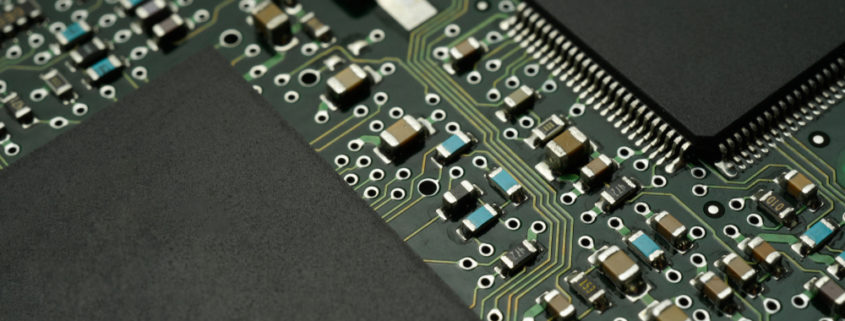The Benefits and Limitations of Using Mixed Signal ASIC in Embedded Systems
In the dynamic landscape of embedded systems, the choice of components can significantly impact a device’s performance and functionality. Among the array of options available to designers, Mixed-Signal ASICs stand out as versatile solutions with unique benefits and limitations. Let’s delve into the world of Mixed Signal ASIC and uncover its role in shaping the future of embedded systems.
Understanding Mixed Signal ASICs: The Versatile Building Blocks
Mixed Signal ASICs, or Application-Specific Integrated Circuits, represent a fusion of analog and digital circuitry on a single chip. This integration enables these ASICs to process both analog and digital signals, making them ideal for applications where precise control and signal manipulation are essential. From consumer electronics to industrial automation, Mixed Signal ASICs find widespread use across various industries.
Benefits of Mixed Signal ASICs in Embedded Systems
- Integration and Miniaturization: One of the primary advantages of Mixed Signal ASICs is their ability to integrate complex analog and digital functions into a compact form factor. By consolidating multiple components onto a single chip, designers can reduce the footprint of their embedded systems, making them more space-efficient and cost-effective.
- Customization and Optimization: Mixed signal ASICs offer unparalleled flexibility in design customization, allowing engineers to tailor the chip’s functionality to meet specific application requirements. Whether implementing proprietary algorithms or optimizing power consumption, the customizable nature of Mixed Signal ASICs empowers designers to fine-tune their embedded systems for optimal performance.
- Enhanced Signal Integrity: With dedicated analog and digital circuitry on the same chip, Mixed Signal ASICs minimize signal degradation and interference, ensuring robust signal integrity in complex embedded systems. This is particularly advantageous in applications where reliable signal processing is critical, such as wireless communication and sensor interfacing.
Limitations of Mixed Signal ASICs in Embedded Systems
- Complex Design and Development: Designing a Mixed Signal ASIC requires expertise in both analog and digital circuit design and an in-depth understanding of the target application. The complexity of the design process can result in longer development cycles and higher upfront costs compared to off-the-shelf components.
- Limited Flexibility for Iterative Changes: Once a Mixed Signal ASIC design is finalized and fabricated, making changes or iterations can be challenging and costly. Unlike programmable components like FPGAs (Field-Programmable Gate Arrays), which offer flexibility for iterative development, the fixed nature of ASICs requires careful planning and validation before production.
- Economic Considerations: While Mixed Signal ASICs offer significant advantages in terms of integration and performance, the economics of ASIC development must be carefully evaluated. For low-to-medium volume production runs, the upfront costs associated with ASIC design and fabrication may outweigh the benefits, making off-the-shelf solutions a more cost-effective option.
Navigating the Landscape of Embedded Systems with Mixed Signal ASICs
In conclusion, Mixed Signal ASICs represent a powerful tool for designers seeking to push the boundaries of embedded system performance and functionality. With their integration capabilities, customization options, and signal integrity benefits, Mixed Signal ASICs offer a compelling solution for a wide range of applications. However, it’s essential to weigh the benefits against the limitations and consider factors such as design complexity, flexibility, and economic feasibility when incorporating Mixed Signal ASICs into embedded systems. By carefully navigating these considerations, designers can unlock the full potential of Mixed Signal ASICs and drive innovation in the semiconductor industry.
Learn more about Linear MicroSystems by clicking here!
Linear MicroSystems, Inc. is proud to offer its services worldwide as well as the surrounding areas and cities around our Headquarters in Irvine, CA: Mission Viejo, Laguna Niguel, Huntington Beach, Santa Ana, Fountain Valley, Anaheim, Orange County, Fullerton, and Los Angeles.






